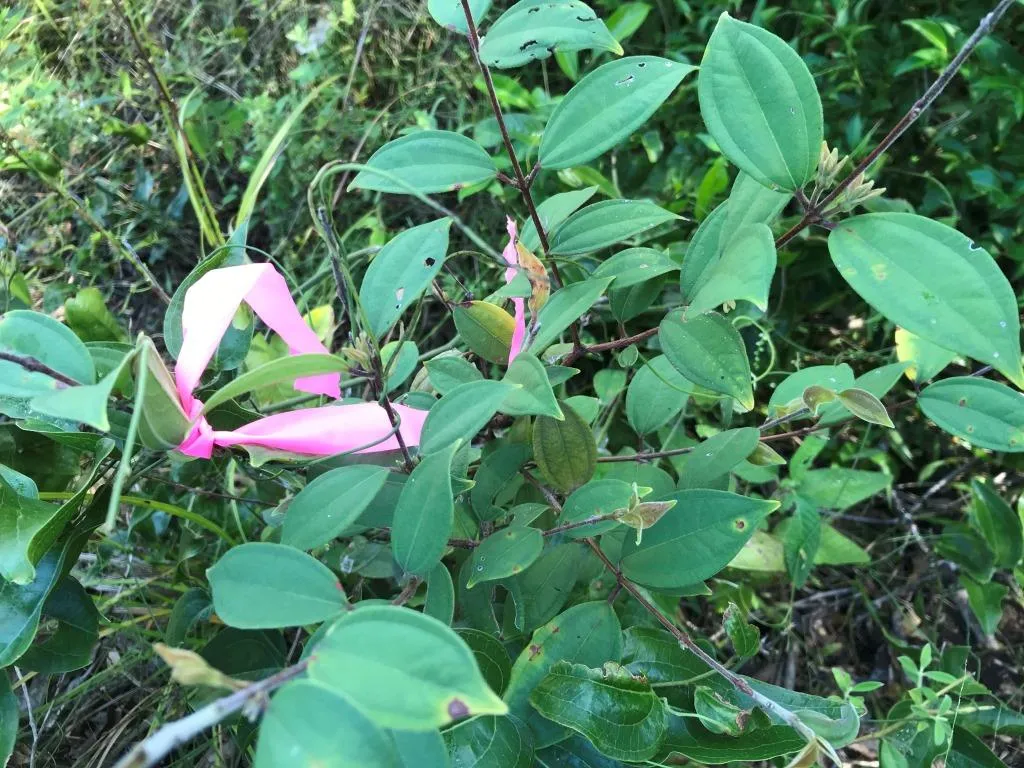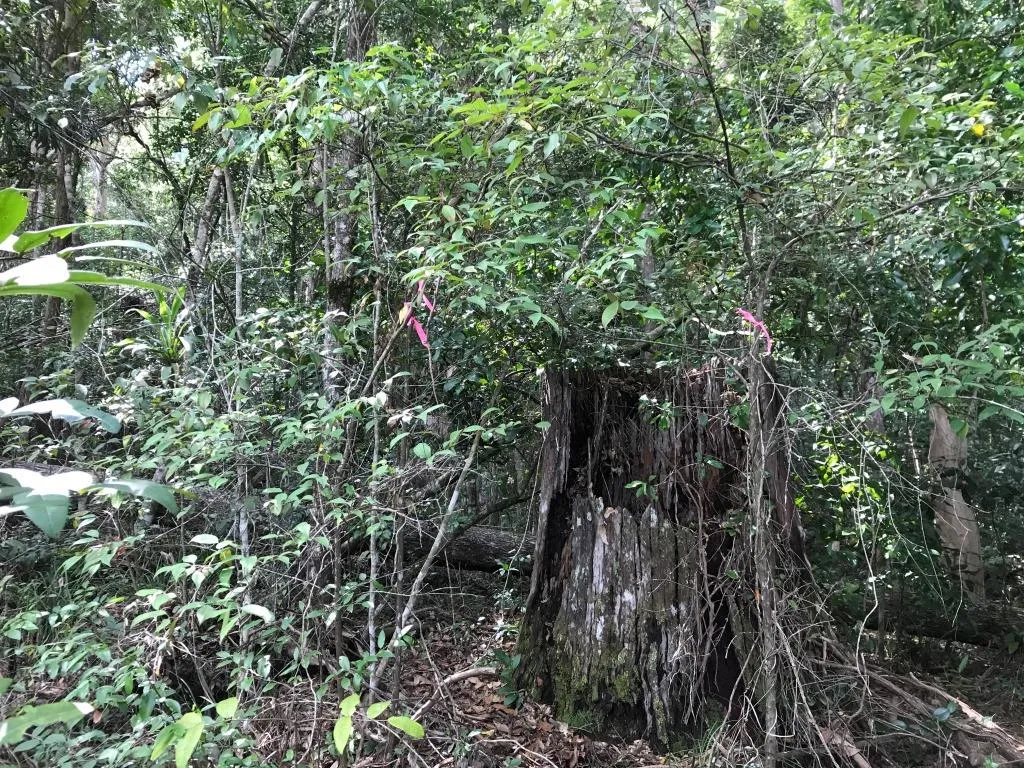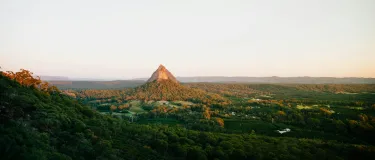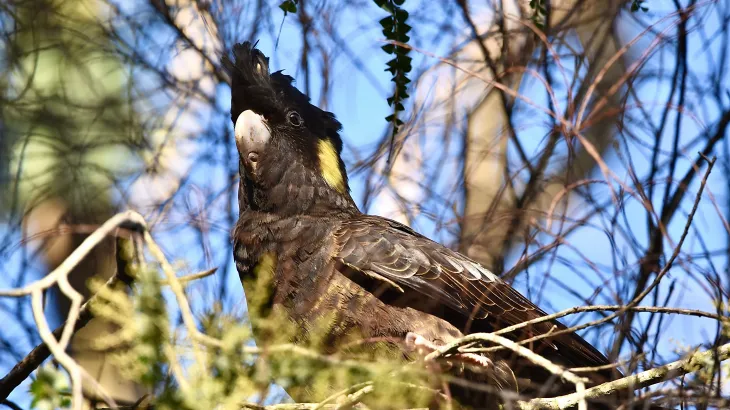Holcim Research Support Gives Critically Endangered Tree a Future
A discovery at our Bli Bli Quarry in Queensland has opened a pathway to save one of Australia’s most threatened native trees.
In 2021, a small population of Scrub Turpentine (Rhodamnia rubescens) that are listed as critically endangered was identified in the quarry’s eastern development area. The Scrub Turpentine trees were devastated by myrtle rust fungus and were not able to recover.
Victoria Musgrove, Holcim’s National Planning Manager explains:
“To offset the impact of clearing some Scrub Turpentine trees, which had succumbed to the myrtle rust fungus and are vital to the life of the quarry, Holcim contributed to a Queensland Department of Primary Industries project examining the tree’s genetic diversity and tolerance to myrtle rust. Researchers collected leaf samples from sites across Queensland, including Bli Bli, and used genomic sequencing and resistance testing to assess remaining diversity and signs of natural tolerance to the fungus.”

Rhodamnia rubescens, the scrub stringybark, brush turpentine, or brown malletwood, is a critically endangered evergreen rainforest tree of the myrtle family Myrtaceae, that is native to Eastern Australia.

Scrub turpentine were recorded in the rainforest understorey at Bli Bli Quarry. The plants were infested with the pathogen myrtle rust which threatens the existence of the critically endangered species. Holcim contributed to a DPI study of the species’ genetic diversity which aims to support a genetically informed breeding program.
The findings published in Molecular Ecology are encouraging. Despite widespread decline, the Scrub Turpentine retains enough genetic variation, along with some signs of tolerance, to support a genetically informed breeding program.
Such a program could help rebuild disease-resilient populations and safeguard the tree from extinction.
“This is sustainability in action,” said Cyril Giraud, Head of Sustainability, Holcim Australia. “Through the Nature pillar of our NextGen Growth 2030 strategy, we support solutions that protect biodiversity while meeting demand for essential materials. By linking industry access, scientific expertise, and regulatory support, we’ve helped achieve an outcome that matters for conservation.”
At Bli Bli, the project has reshaped how the team sees their site.
“We never imagined a quarry could play a role in saving a species,” said Brian Burr, Quarry Manager. “Seeing how our work has supported research that may give this tree a second chance is genuinely rewarding. It shows that responsible operations can leave a positive mark on nature.”
With researchers now calling for the breeding program to be fast-tracked, Holcim hopes its early support will help turn the tide for the Scrub Turpentine, and set a benchmark for how industry can help protect Australia’s most vulnerable plants.
Banner image: Mt Ngungun, Glass House Mountains, Sunshine Coast, Australia. Photo: courtesy Isaac Ibbott via Unsplash.








